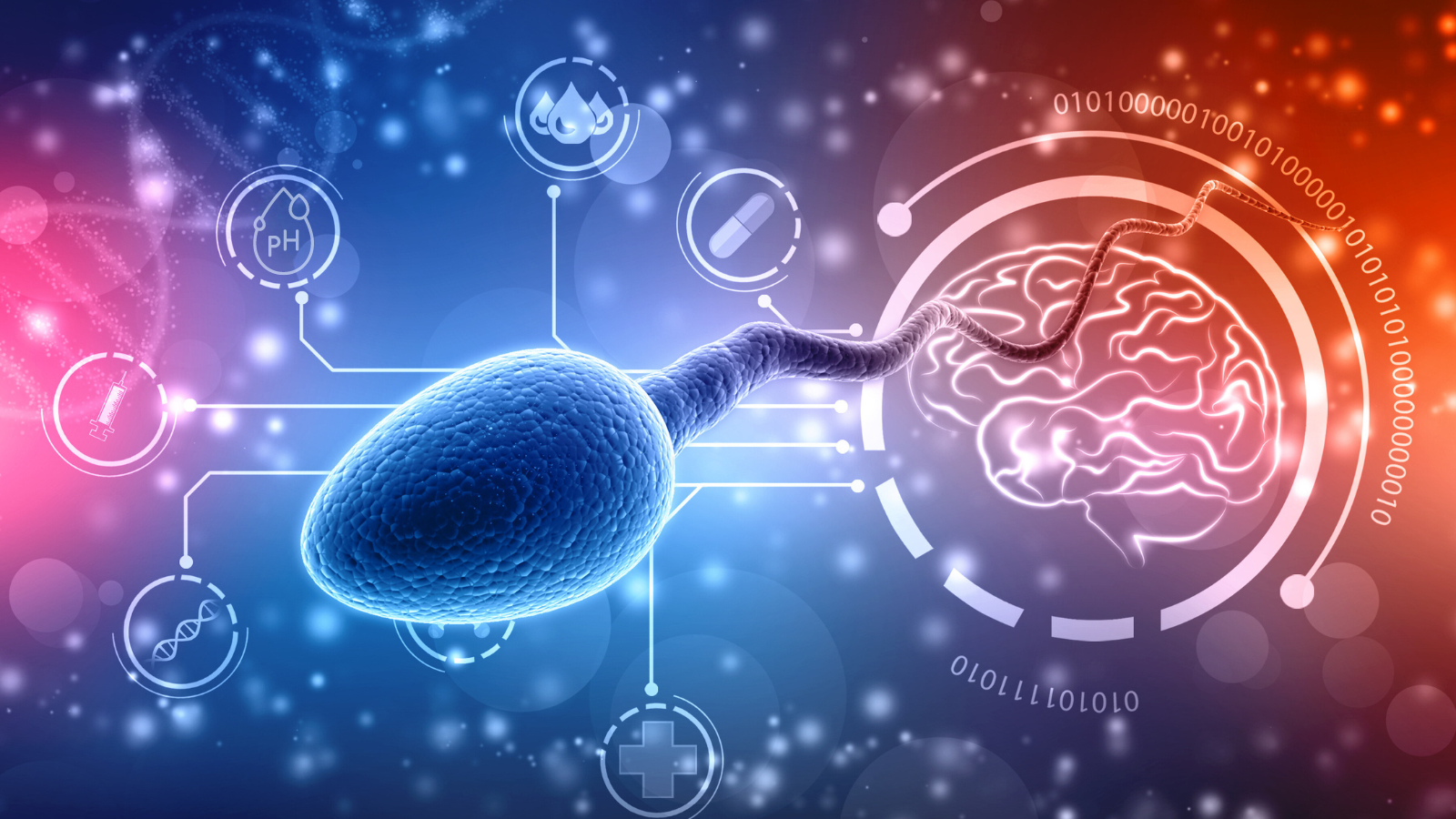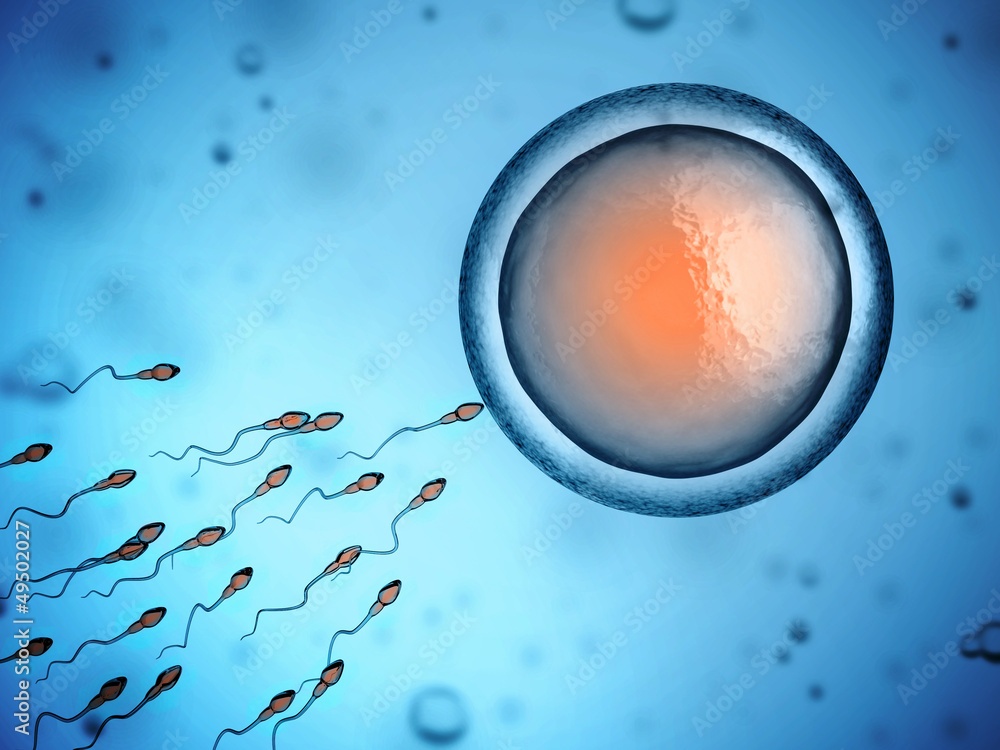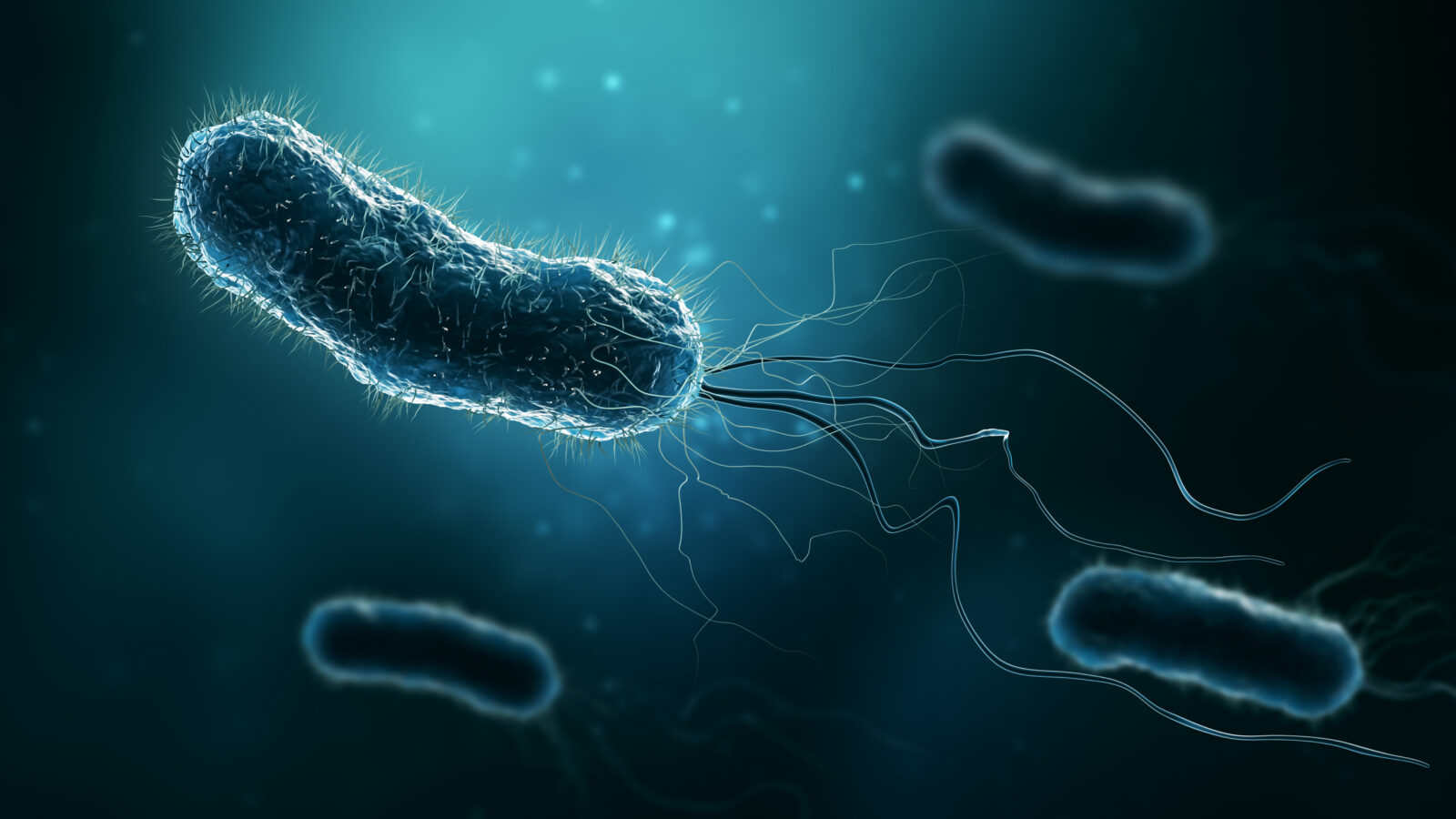


Sex: A Spicy Problem for Evolutionary Theory

A Microbiologist’s Journey to Intelligent Design
Aristotle, Behe and Cells: The ABCs of Evolution’s Inadequacies
On this episode of ID the Future, biochemist Michael Behe talks with Andrew McDiarmid about Behe’s new book, Darwin Devolves: The New Science About DNA That Challenges Evolution. Behe shares about his thinking on evolution as a post-doc, talks about the history of biology, and discusses why the turn of the millennium has been the perfect time to gain knowledge about the foundation of evolution and life’s history.
Read More ›